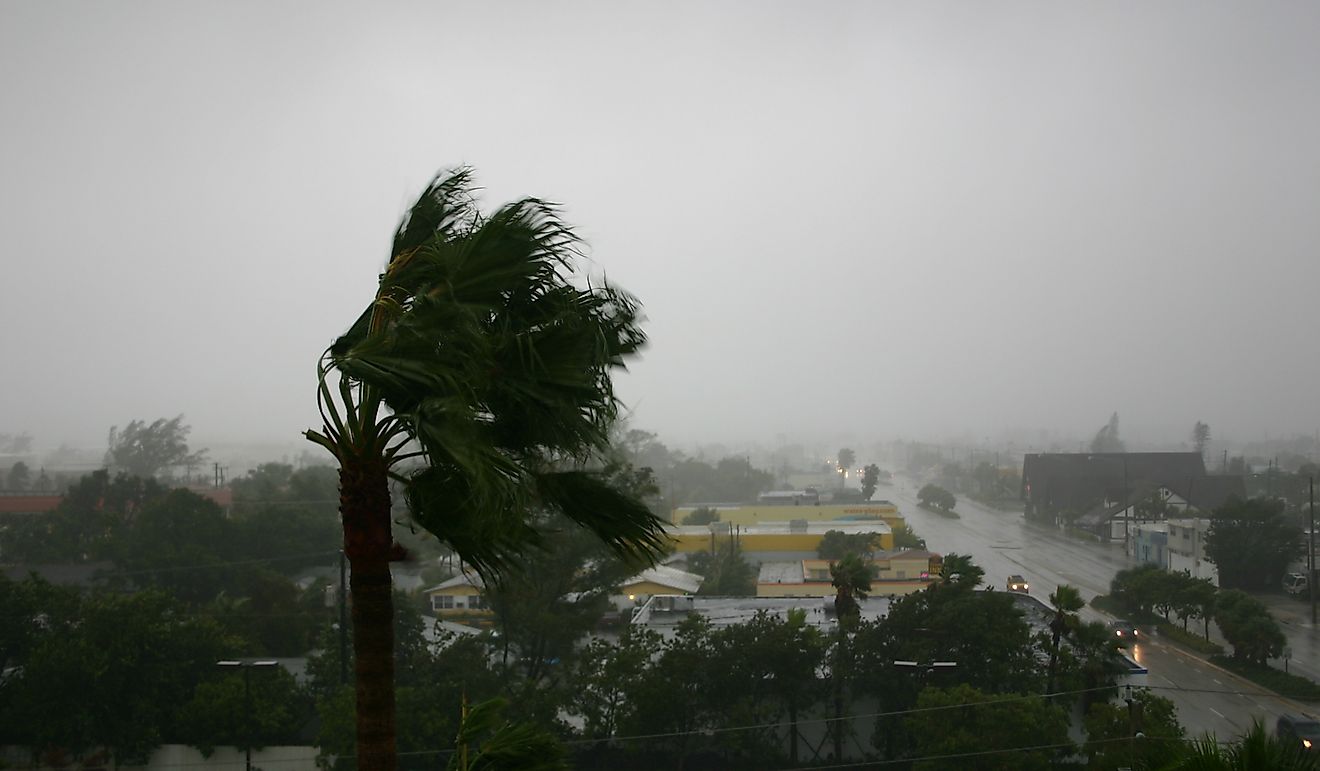What Happened In Hurricane Katrina?

Hurricanes are destructive storms that usually originate in subtropical and tropical areas of the world. The main criterium for the storm to be classified as a hurricane is the speed of the sustained winds, which need to go over 74 mph. A period between June and the end of November is typically referred to as the hurricane season, and it is when the majority of hurricanes arise. It was the middle of the hurricane season in 2005 when Katrina landed on US soil, “targeting” the southeastern region of the country.
Hurricane Katrina descended on the coast of Louisiana in August of 2005. As it touched the ground, it was a storm in Category 3, with powerful winds blowing as fast as 120 mph. Given the horrific aftermath of Hurricane Katrina, it is frequently referred to as one of the most destructive and most expensive storms that ever hit the United States. However, it was not the strength of the hurricane, but the extent of the flooding, that made Hurricane Katrina so destructive.
The Genesis Of Hurricane Katrina
When it all began on August 23, 2005, Katrina began taking shape as a tropical depression close to the Bahamas. After two days of buildup, Katrina was officially titled as a hurricane as it was passing Miami with wind speeds reaching 80 miles per hour and subsequently killing two people. The winds slowly subsided as it was crossing the land, and Katrina was once again demoted to a tropical storm.
Not long after, the storm returned to the Gulf of Mexico, where the ocean’s warmth allowed it to gain strength and sustain powerful winds, which made the storm into a hurricane once again. Once amid the waters of the Mexican Gulf, Hurricane Katrina built up extremely fast and was ranked as a Category 5 hurricane. For a while, before the arrival of hurricanes like Rita or Wilma, Katrina was recognized as the strongest hurricane ever to arise in the Gulf of Mexico.
Hurricane Katrina And New Orleans
On August 29, 2005, Katrina went over the coast of the Mexican Gulf. At first, the experts were convinced that New Orleans would not be as affected as Katrina’s strongest winds were directed at the eastern coast of Mississippi. However, later the same day, a levee in New Orleans broke, releasing excessive amounts of floodwater into the city and putting enormous pressure on other barriers.
Even though the next day, Katrina was once again classed as a tropical storm, the attempt at providing relief for the people of the area was stifled by the extreme flooding. It was estimated that nearly 80% of the city was completely flooded. By the fourth day, it was evident how the entire infrastructure of the area was collapsing. Along with people and animals left stranded and unable to get help, it was one of the most catastrophic events in recent American history.
An estimate made by the state of Louisiana reports almost 1,200 deaths, with nearly half of them caused by drowning. The number of deaths caused directly by Hurricane Katrina is estimated at 600, even though exact numbers can be hard to agree on given the debate on whether indirect deaths (i.e., inability to get medical assistance) can also be counted as officially caused by the hurricane.
Postapocalyptic Aftermath
The destruction of property and a high death toll that Hurricane Katrina caused was enormous. The first occurrence of the hurricane touching land led to the damage of nearly 100 homes due to the flooding. Almost 1.5 million people had no electric power after the lines went down. Multiple mechanisms were being employed to attempt to control the consequences of the hurricane. Still, with the failure to withstand its effects, St. Bernard Parish in Louisiana quickly turned into one of the most critically damaged areas.
Katrina affected even the political arena, resulting in a significant number of highly ranked political officials stepping down from their positions. How the mayor of New Orleans, together with the governor of Louisiana, handled the crisis was met with marked criticism. Michael Brown, the head of the Federal Emergency Management Agency (FEMA), was also not spared and was made to resign. FEMA encountered backlash primarily due to insufficient help provided to the residents of lower-income status. People of the affected areas were met with hunger, thirst, and violence, causing widespread panic and media outrage.
There is no denying that Hurricane Katrina was one of the worst and costliest natural disasters ever to hit the United States. Not only did it leave immediate consequences, but its aftermath resulted in a substantial negative impact on the economic development of the affected regions.











